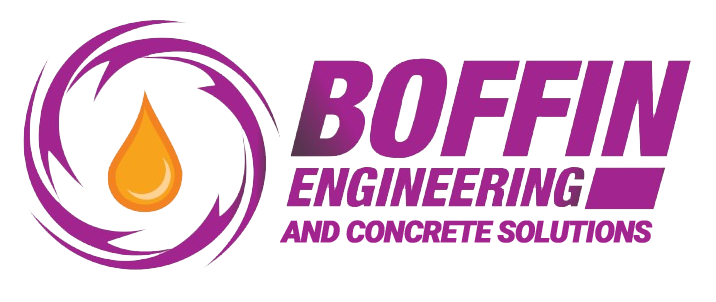- June 19, 2024
- Posted by: boffin
- Category: Uncategorized
Waterproofing is the first line of defence against water damage to your property but understanding its cost can often be daunting. Whether you’re a homeowner or a business owner, investing in waterproofing can save you from expensive repairs down the line. To make an informed decision, it’s important to grasp the factors that influence the cost of waterproofing and how to budget for it effectively.
1. Type of Waterproofing Method
The cost of waterproofing largely depends on the method you choose. There are several common methods, each with its price range:
– Exterior Waterproofing: This involves excavating around the foundation to apply a waterproof barrier. It’s highly effective but can be more expensive due to labour and materials.
– Interior Waterproofing: This method includes applying waterproof coatings to interior walls. It’s generally less costly than exterior waterproofing but may not address all issues.
– Cementitious Waterproofing: Ideal for wet areas like bathrooms, this method uses cement-based products. It’s cost-effective and easy to apply but may require frequent maintenance.
– Liquid Waterproofing Membrane: A versatile method that can be sprayed or rolled onto surfaces. It offers flexibility and durability but can be moderately priced.
– Bituminous Membrane Waterproofing: Commonly used on roofs, this method provides excellent protection and is priced based on the material thickness and application complexity.
2. Size and Condition of the Area
The size of the area to be waterproofed significantly impacts the cost. Larger areas require more materials and labour, leading to higher expenses. Additionally, the condition of the area plays a crucial role. Areas with extensive damage, mould, or existing leaks may require additional preparation and repair, increasing the overall cost.
3. Material Quality
The quality of materials used in waterproofing affects both cost and longevity. High-quality materials may have a higher upfront cost but offer better durability and long-term protection, reducing the need for future repairs. It’s essential to balance your budget with the need for quality to ensure effective waterproofing.
4. Labor Costs
Labour is a significant component of waterproofing costs. Hiring experienced professionals ensures that the job is done correctly and efficiently. While DIY waterproofing may seem like a cost-saving option, it often lacks the expertise and quality assurance provided by professionals, potentially leading to higher costs in the long run due to inadequate protection.
5. Geographic Location
Your location can influence the cost of waterproofing due to varying labour rates, material availability, and local regulations. Urban areas may have higher labour costs compared to rural regions. Additionally, regions with higher rainfall or groundwater levels may require more extensive waterproofing measures, affecting the overall cost.
6. Additional Features and Customization
Customized waterproofing solutions tailored to your specific needs can add to the cost. Features such as drainage systems or advanced coatings offer enhanced protection but come with additional expenses. It’s important to discuss your requirements with a waterproofing expert to determine the most cost-effective and efficient solution for your property.
7. Long-term Maintenance
While the initial waterproofing cost is a significant consideration, long-term maintenance should not be overlooked. Some methods and materials require regular inspections and upkeep to maintain their effectiveness. Factoring in potential maintenance costs will give you a more accurate picture of the total investment required.
Conclusion
Understanding the cost of waterproofing involves considering various factors, from the method chosen and area size to material quality and labour costs. By evaluating these factors and working with experienced professionals, you can develop a budget that ensures effective waterproofing and long-term protection for your property. Remember, investing in quality waterproofing now can save you from costly repairs and water damage in the future.
Planning your waterproofing project with these considerations in mind will help you make informed decisions and achieve the best results within your budget.
